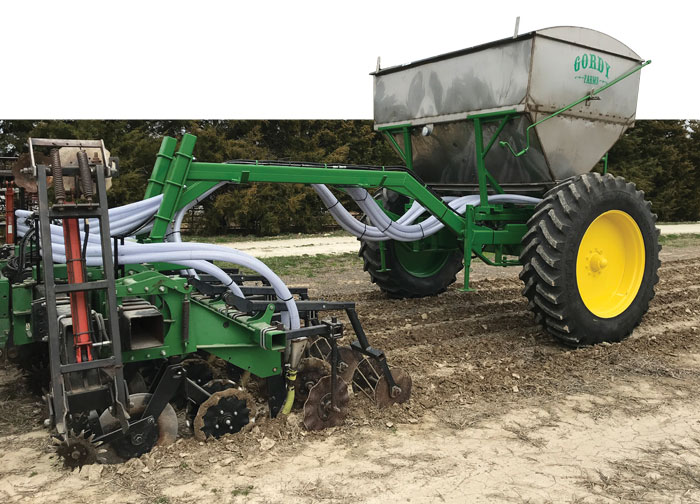The conversation is heating up in the Strip-Till Farmer email discussion group. Here’s a look at some of the top questions and responses gathered over the winter.
Q: We often hear of no-tillers struggling with nutrient stratification — the accumulation of fertilizer in the surface of the soil. Do you think strip-till is the solution to the nutrient stratification problem?
Paul Groneberg, Hoffman, Minn.: Yes, strip-till improves the stratification problem, especially compared to no-till.
Jon Stevens, Rock Creek, Minn.: I think there is a big difference between no-till (without cover crops) and soil health no-till. There is a lot of dead, non-functioning dirt in no-till without cover crops because it’s still just a corn-soybean rotation with all the chemicals, herbicides and fungicides. With soil health no-till, I would expect the life in the soil helps move the nutrients. We know soil life and cover crops are going to build a natural fertility in the soil, and they’re going to do it lower where there is moisture.
Q: Where do you stand on banding vs. broadcasting nutrients?
Mike Schardt, Carleton, Neb.: I switched from no-till to strip-till in the last 2 years. When we were no-till, we would broadcast dry phosphorous (P) in the fall and winter, and apply some starter in furrow at planting. This led to nutrient stratification in our soil profile. Some years with the dry P application, we would get quick snow melt or heavy rain in the spring, and we would lose some of our fertilizer. With strip-till, we can do a better job of precisely placing our fertilizer to help prevent loss due to erosion. We also run Yetter Stalk Devastators across the entire width of the corn head, which helps contribute to the evenness of our early spring stands and minimize drifting of trash within the field. With less drifting, we’ve been able to get the desired stands to maximize yields.
Q: What are you using for your strip-till rig?

Photo: Garett Gordy
Garett Gordy, Bowling Green, Mo.: Our strip-till rig is a modified Schlagel Till-N-Plant (pictured right) with a Montag 6-ton cart. We can apply between 200-600 pounds of product. All our strips are made in the spring directly in front of the planter. The rig has been modified to a mole knife that runs 6 inches deep. The fertilizer is placed 4-5 inches deep. We’ve run this system for 5 years with great results and haven’t had any issues with berm settling or air pockets. Patience is key!
Join the Discussion!
Click here to sign up for the Strip-Till Farmer email discussion group and chime in on the conversation! There are 4 different topic threads to sign up for: strip-till 101, nutrient management, strip-till equipment and strip building.






